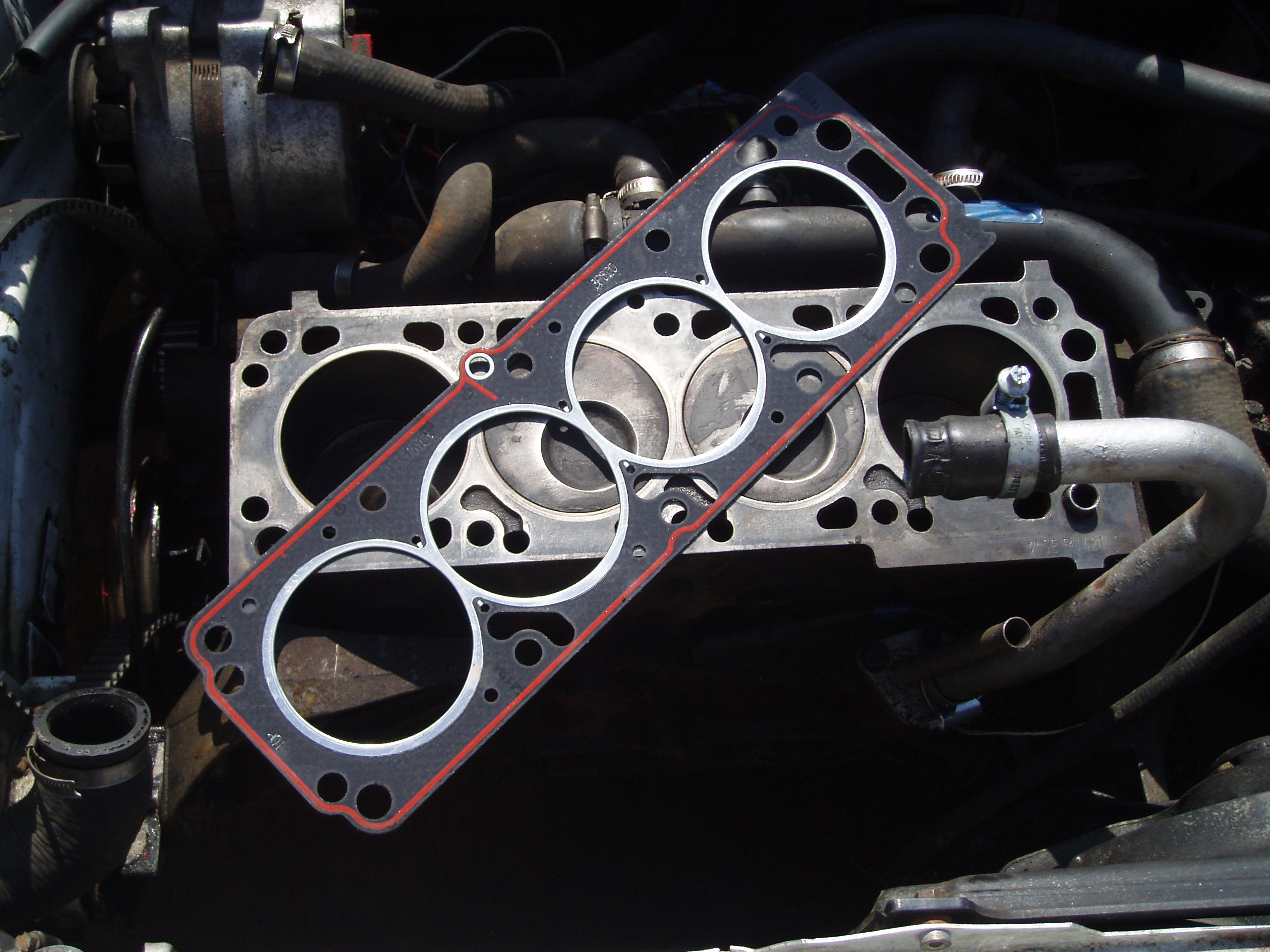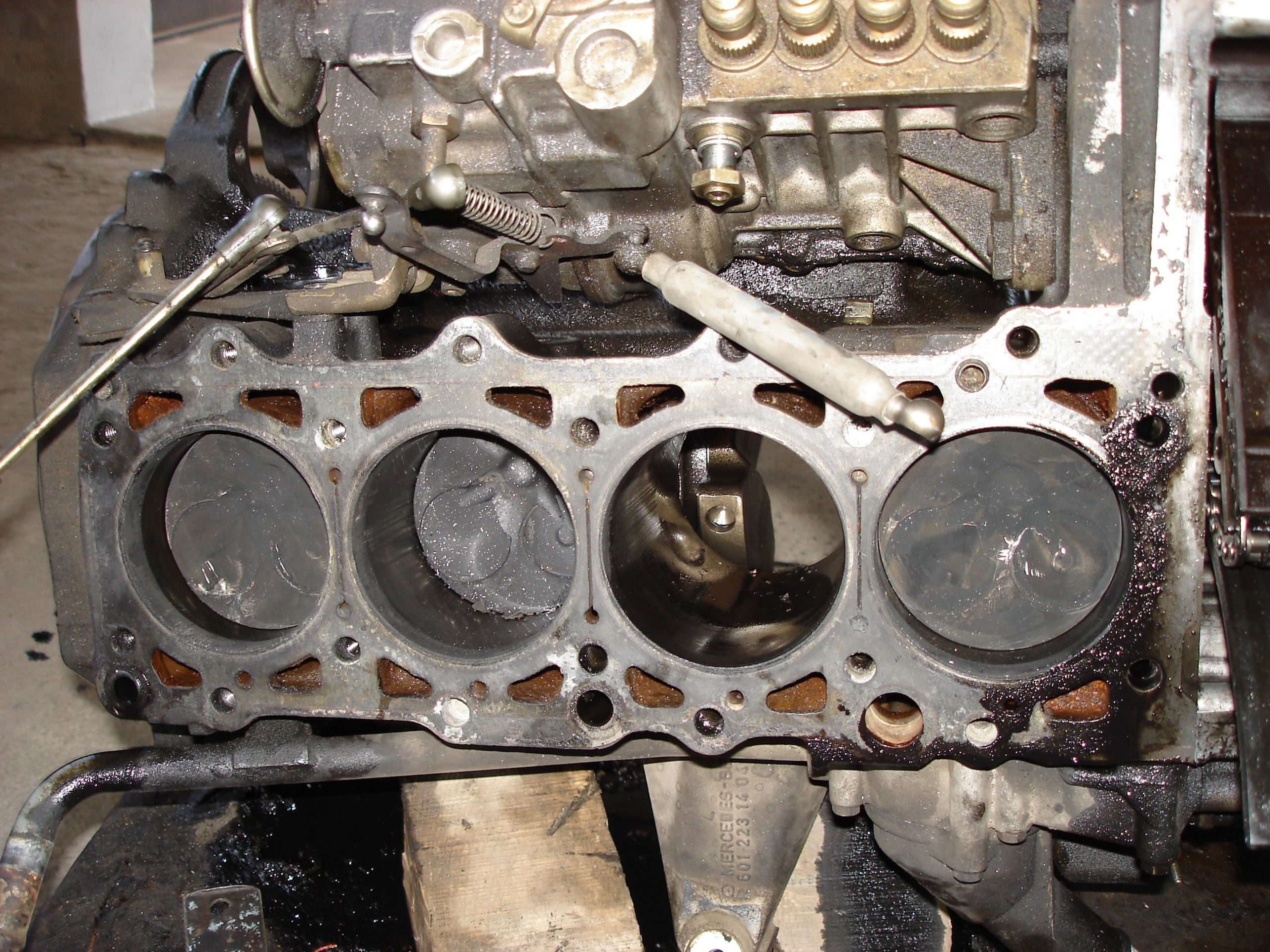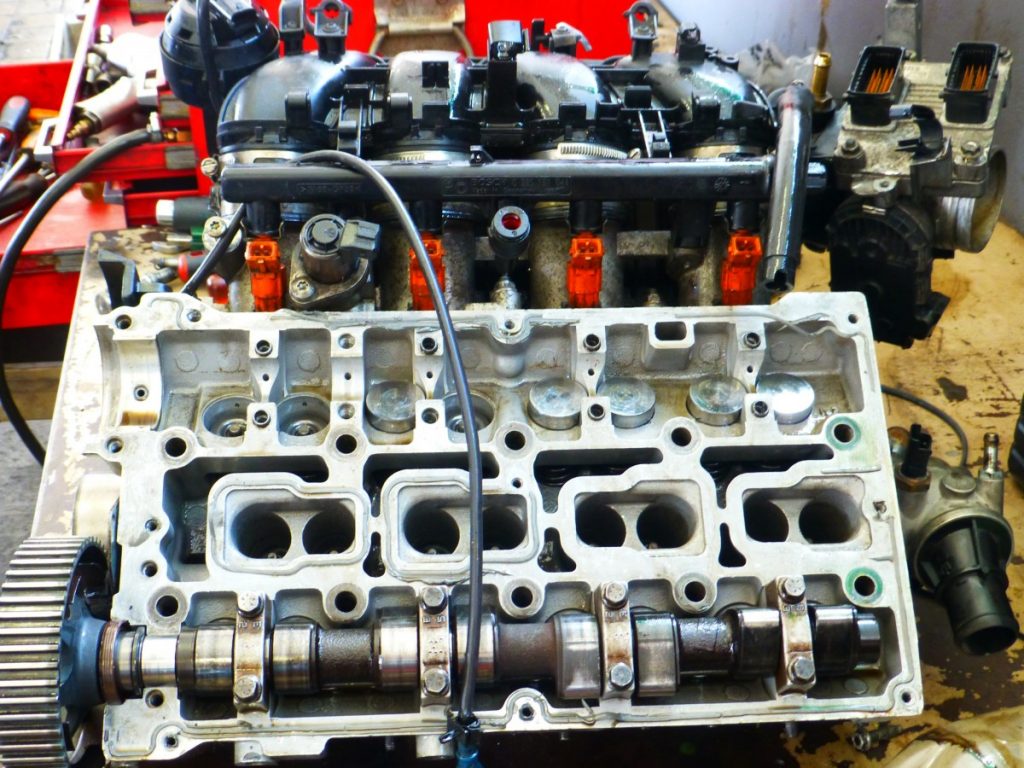The repair of a car engine can incur significant costs: pistons, crankshaft, cylinder head… For the latter, the cylinder head, an operation can save it: it is the cylinder head resurfacing. What is it exactly? What is the use of this operation, and what is the cost?
What is cylinder head resurfacing?
Location of the cylinder head
The cylinder head is one of the components of the engine, namely
– The engine block, the central part of the engine. It contains the moving part, consisting of pistons, connecting rods and a crankshaft.
– The lower crankcase receives the engine oil and closes the engine block at its lower base.
– The cylinder head.
The cylinder head is made of aluminium alloy and contains the timing system’s components, such as the camshaft, pushrods or rocker arms, valves and springs. The coolant circulates in its internal parts, just like the engine block.
The cylinder head is sealed by a head gasket above the engine block and pistons to form the combustion chambers; a camshaft cover tops it.
Description of the cylinder head resurfacing

Cylinder head resurfacing is the operation that consists of removing material from the cylinder head gasket using a machine, a specific milling machine.
This precise operation removes a few tenths of a millimetre from the surface of the cylinder head gasket to ensure perfect flatness.
Why resurface the cylinder head?
Cylinder head resurfacing is necessary for several reasons: deformation of the cylinder head gasket, corroded cylinder head, engine preparation.
Deformation of the cylinder head gasket

This deformation occurs most of the time after an engine overheating, which can be due to a coolant leak, a faulty thermostat, or a blocked cooling radiator.
As the cooling is no longer assured, the thermal stresses are so great that the cylinder head gasket is deformed, which can no longer ensure its sealing role.
The resurfacing of the cylinder head is then decided, after control of the joint plane of the dismantled cylinder head, using a specific metal rule placed on the cylinder head. The deformation is measured with calibrated thickness gauges (the set of shims).
Good to know: the manufacturer gives the maximum permissible deformation (generally from 0.40 to 0.60 mm).
Corroded cylinder head
The parting line can be damaged by cavitation in contact with the coolant. It then becomes necessary to grind its surface, this operation requiring a “test” of the cylinder head (leakage control).
Engine preparation
Engine preparation is carried out to increase the volume ratio, which changes the engine performance.
Note: the volumetric ratio is an engine characteristic defined by the equation R = (V + v) / v; R: volumetric ratio; V: volume of the cylinder delimited by the path of the piston from bottom dead centre to top dead centre; v: volume of the combustion chamber.
Resurfacing reduces the height of the cylinder head and, therefore, the volume of the combustion chambers; gas compression at the top dead centre of the pistons is more significant, allowing better combustion.
This operation is conditioned by considering the modification of the distribution diagram, which is contraindicated in some instances.
Cylinder head resurfacing: contraindications.
Cylinder head resurfacing is prohibited in the following cases:
– The cylinder head has already undergone one or more resurfacing. The minimum dimension of the cylinder head height has been exceeded (the minimum dimension is found in the manufacturer’s technical data).
– Grinding is forbidden by the manufacturer: either the volumetric ratio would become too high for the engine’s operation; or the reduction in height affects the operation of the timing system: the distance between the crankshaft pinion and the camshaft pinion is then too small, causing the camshaft and the opening and closing of the valves to be too far apart.
Where to go for cylinder head resurfacing
Cylinder head resurfacing is carried out in a specialised automotive grinding shop. You can go there for engine reconditioning and cylinder head reconditioning.
Hope this post has helped you better understand what cylinder head resurfacing is all about. Remember to write your comments below.





2 thoughts on “Why Resurface Your Car’s Cylinder Head”